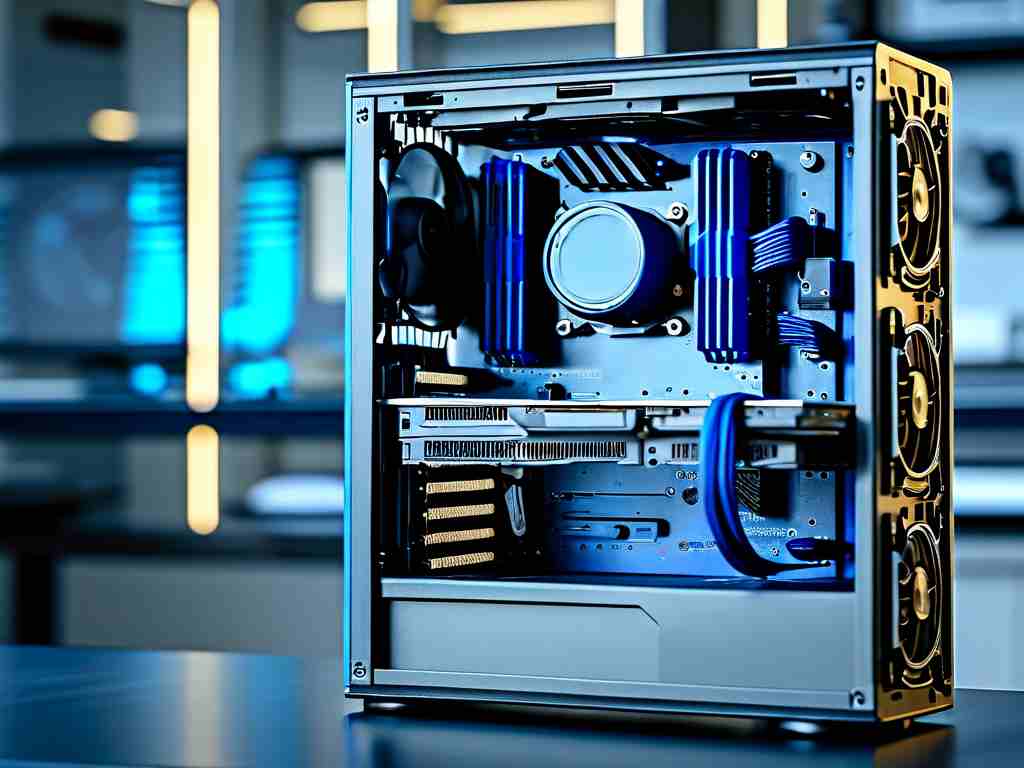Upgrading computer memory is a vital step to boost system performance, enabling smoother multitasking and faster application execution. Many users experience sluggishness in their PCs or laptops, especially when running resource-intensive programs like video editing software or modern games. By expanding RAM (Random Access Memory), you can significantly enhance your machine's responsiveness without replacing the entire system. This article explores practical methods to upgrade memory, covering both hardware additions and software optimizations, ensuring you achieve optimal results safely and efficiently.

First, assess your current memory setup to identify upgrade needs. Start by checking the existing RAM capacity through your operating system's tools. For instance, on Windows, open Task Manager by pressing Ctrl+Shift+Esc, navigate to the Performance tab, and view the Memory section to see usage and available slots. This reveals if your system is bottlenecked; if memory usage consistently hits 80-100%, an upgrade is warranted. Similarly, on macOS, use Activity Monitor under the Memory tab. Additionally, consult your device's manual or manufacturer website to determine maximum supported RAM and compatible types like DDR4 or DDR5 modules. Skipping this step risks buying incompatible parts, leading to wasted effort and potential damage.
Next, selecting the right hardware is crucial for a successful upgrade. Purchase RAM modules that match your system's specifications, focusing on factors such as speed (measured in MHz), capacity (e.g., 8GB or 16GB sticks), and form factor (like SODIMM for laptops or DIMM for desktops). Brands like Corsair or Kingston offer reliable options, but always verify compatibility using online tools such as Crucial's Memory Advisor. Once acquired, prepare for installation by shutting down the computer, unplugging all cables, and grounding yourself to prevent static discharge—a simple wrist strap or touching a metal surface suffices. Open the case carefully, locate the RAM slots on the motherboard, and insert the new modules firmly until they click into place. This physical upgrade often doubles or triples performance, making it ideal for heavy workloads.
For those unable to add physical RAM, software optimizations can provide a temporary boost by managing virtual memory. Virtual memory uses a portion of the hard drive or SSD as an extension of RAM, though it's slower. To configure this, adjust settings in your OS. On Windows, access System Properties via Control Panel, go to Advanced system settings, click Settings under Performance, then the Advanced tab, and finally Change under Virtual memory. Here, uncheck "Automatically manage paging file size," select a drive, and set custom values. A common recommendation is to use 1.5 times your physical RAM for both initial and maximum size. For example, with 8GB RAM, input 12288 MB for both. You can automate this with a command-line script for efficiency; run Command Prompt as administrator and execute:
wmic pagefileset where name="C:\\pagefile.sys" set InitialSize=12288,MaximumSize=12288
This sets a fixed size on the C drive, reducing fragmentation. On Linux, edit the /etc/sysctl.conf file to tweak swappiness values, lowering it to 10-20 for SSDs to prioritize RAM usage. While not as effective as hardware upgrades, these tweaks help in low-memory scenarios.
After installation or optimization, test the upgrade thoroughly to ensure stability. Reboot your system and verify the new memory in BIOS/UEFI settings during startup—press keys like F2 or Del to enter setup. Confirm the total RAM is recognized correctly. Then, run stress tests using tools like MemTest86 or Windows Memory Diagnostic to check for errors; let it complete multiple passes to detect any faults. Monitor performance in daily tasks: open multiple browser tabs, launch applications, and observe if lag is reduced. If issues arise, reseat the RAM modules or revert software changes. Regular maintenance, such as cleaning dust from slots and updating drivers, prolongs the benefits. Ultimately, memory upgrades extend device lifespan, cut costs on new hardware, and deliver a noticeable speed boost for both casual and professional users, making it a worthwhile investment for any tech enthusiast.

